Shellfish farmers need improved access to data and better communication with government and scientists, said researchers
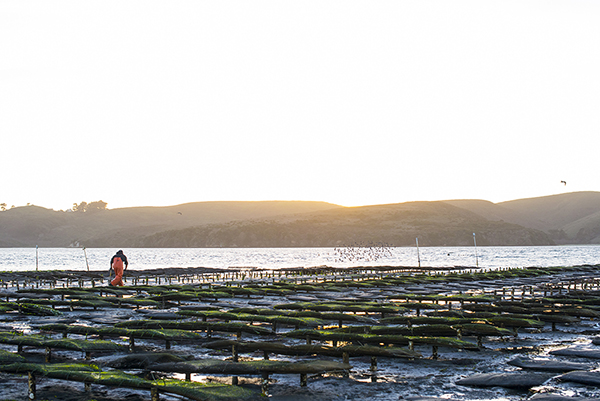
To quickly adapt to the effects of climate change and its challenges, shellfish farmers along the California coast need a streamlined regulatory process, better access to current data and stronger connections with scientists and other farms, reported a new Oregon State University (OSU) study.
The study, which was published in Ocean & Coastal Management, examined shellfish farmers’ “adaptive capacity” – meaning their ability to shift growing techniques and locations to mitigate the effects of climate change on their shellfish populations, especially the effects of ocean acidification. Shellfish are particularly vulnerable to ocean acidification because it impairs their ability to grow hard shells.
“We had farmers tell us, ‘I have to be a lawyer, a scientist, a farmer, a businessperson and an agency person, all at once,’” said Ana K. Spalding, the study’s co-author and an associate professor of marine and coastal policy in OSU’s College of Liberal Arts. “But on the day-to-day operations, they’re also on their boat watching their mussels and oysters and trying to assess the weather.”
When water quality declines in one section of the bay or farms need to halt production in certain areas because of bacteria or algal blooms, the researchers said that farmers need to “pivot quickly to salvage what they can of their harvest.” But accessing the required permits takes considerable time and money, and in some cases, shellfish growers said it can cost more than (U.S.) $150,000 to secure all the necessary permits.
“The regulatory agencies in California play an important role in managing and balancing all the different needs and interests along the coast,” said Spalding. “But I think the challenge here is the multiple agencies involved and the need for better coordination among them.”
The study involved conducting in-depth interviews with owners and managers of aquaculture operations in three regions along the California coast where most of the state’s shellfish are grown: Humboldt Bay, Point Reyes and the Central Coast.
Findings indicate that farmers need greater access to updated data about ocean acidification and water quality issues affecting shellfish, as well as better networking and communication with both state agencies and regional ocean researchers to learn about the latest recommendations.
The researchers asked shellfish farmers about what changes they’ve witnessed in the marine environment over time; whether they know what factors were driving high losses and deaths in their farms; and what tools or supports they felt would be most helpful in working to mitigate those losses.
Two years after shutdown, California oyster farm remains a community hot-button
According to Spalding, connections to ocean researchers proved to be a major benefit for farmers, and climate-centered organizations need to “focus more on bringing interdisciplinary research teams together with shellfish growers to increase their shared knowledge.”
“Those farmers that partnered with scientists were definitely at the forefront of innovation and adaptive strategies, and they had some ability to pinpoint what was happening or at least put together proposals for what needed to be done,” she said. “I would say it’s more a challenge of connecting the people who need the information with the people who are generating and analyzing it.”
Spalding said that networking and supporting interdisciplinary partnerships offer cost-effective ways of increasing the adaptive capacity of shellfish farms and reducing the burden on farmers, especially at smaller farms with fewer resources. Farmers also told researchers that they are receiving far fewer data points now than in the past, as federal agencies have decreased their funding for site-specific monitoring in coastal waters.
Researchers are currently working on a similar study on the state of shellfish growers in Oregon, where costs are much lower than in California but farmers face similar challenges.
“Similar to California growers, Oregon growers employ a suite of adaptive strategies, including gear innovations that exclude predators, networking with scientists and other farmers, and optimizing oyster survival at different life stages through the growing process,” said Kristen Green, a postdoctoral scholar at OSU who is leading the Oregon study.
Commercial shellfish farming along the West Coast is a $270 million annual industry, providing roughly two-thirds of all oyster, mussel and clam aquaculture sales in the country, according to 2013 numbers from the Pacific Shellfish Institute. In Oregon, oysters make up the bulk of the $10.6 million shellfish farming industry.
Follow the Advocate on Twitter @GSA_Advocate
Now that you've reached the end of the article ...
… please consider supporting GSA’s mission to advance responsible seafood practices through education, advocacy and third-party assurances. The Advocate aims to document the evolution of responsible seafood practices and share the expansive knowledge of our vast network of contributors.
By becoming a Global Seafood Alliance member, you’re ensuring that all of the pre-competitive work we do through member benefits, resources and events can continue. Individual membership costs just $50 a year.
Not a GSA member? Join us.
Author
-
Responsible Seafood Advocate
[103,114,111,46,100,111,111,102,97,101,115,108,97,98,111,108,103,64,114,111,116,105,100,101]
Tagged With
Related Posts
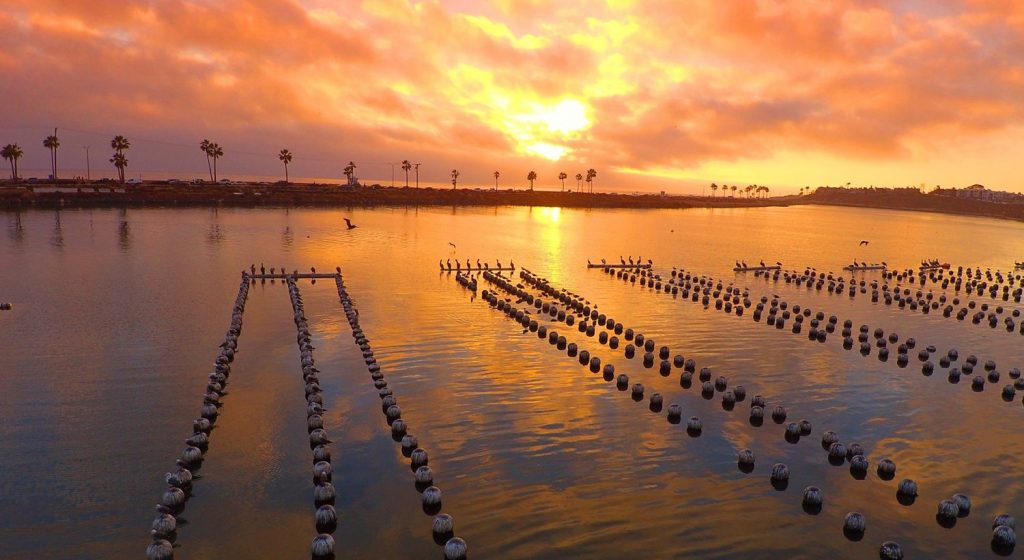
Responsibility
As ocean acidification threatens the shellfish industry, this California oyster farm is raising oysters resistant to climate change
Despite the dangers to shellfish posed by ocean acidification, a forward-thinking California oyster farm is producing oysters resistant to climate change.
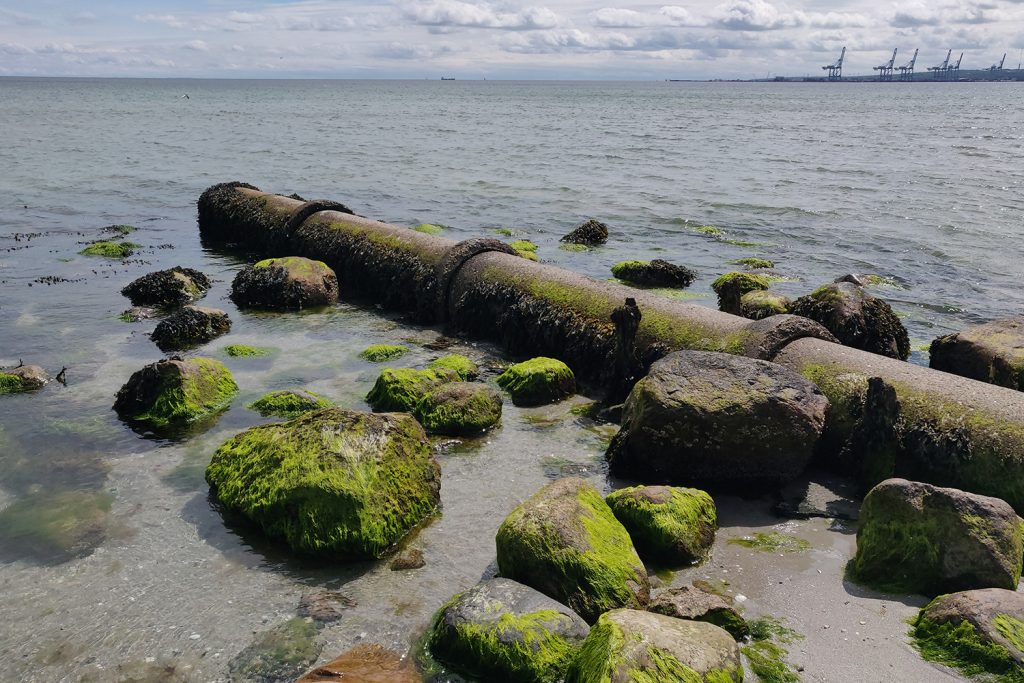
Responsibility
Ocean acidification isn’t just a carbon story – it’s also about nitrogen
Dr. Barry Costa-Pierce on the connection between nitrogen, carbon dioxide and ocean acidification, and the importance of restorative aquaculture.
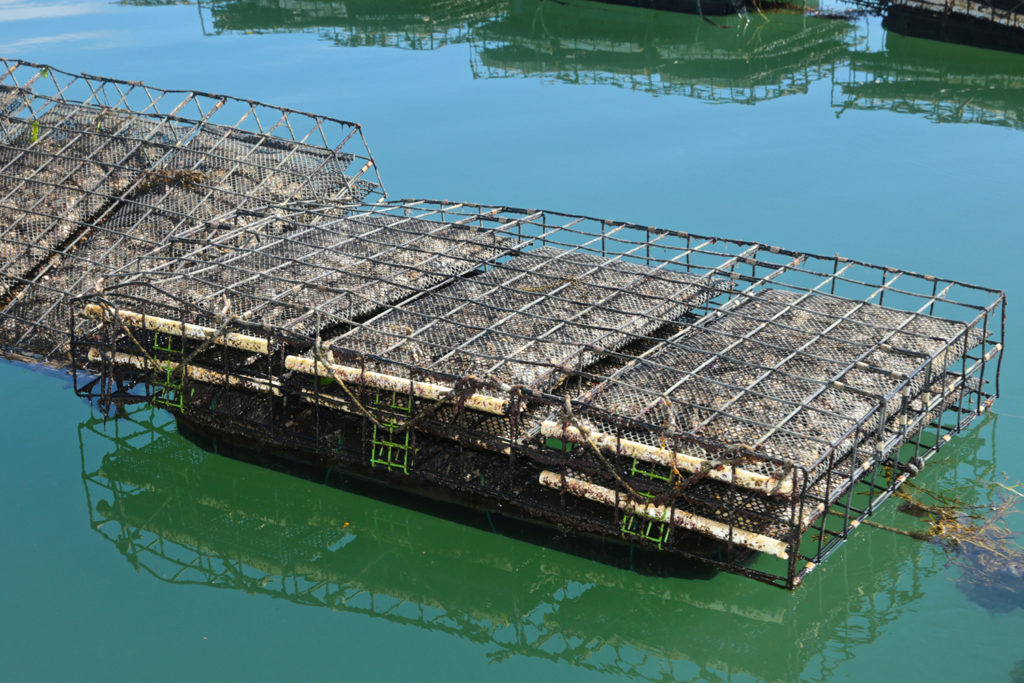
Responsibility
Climate change impacts unite U.S. shellfish farmers
The Shellfish Growers Climate Coalition, an initiative of seven founding U.S. aquaculture farmers, last week launched a partnership with The Nature Conservancy (TNC) to spread public awareness about climate change and its impact on their businesses.
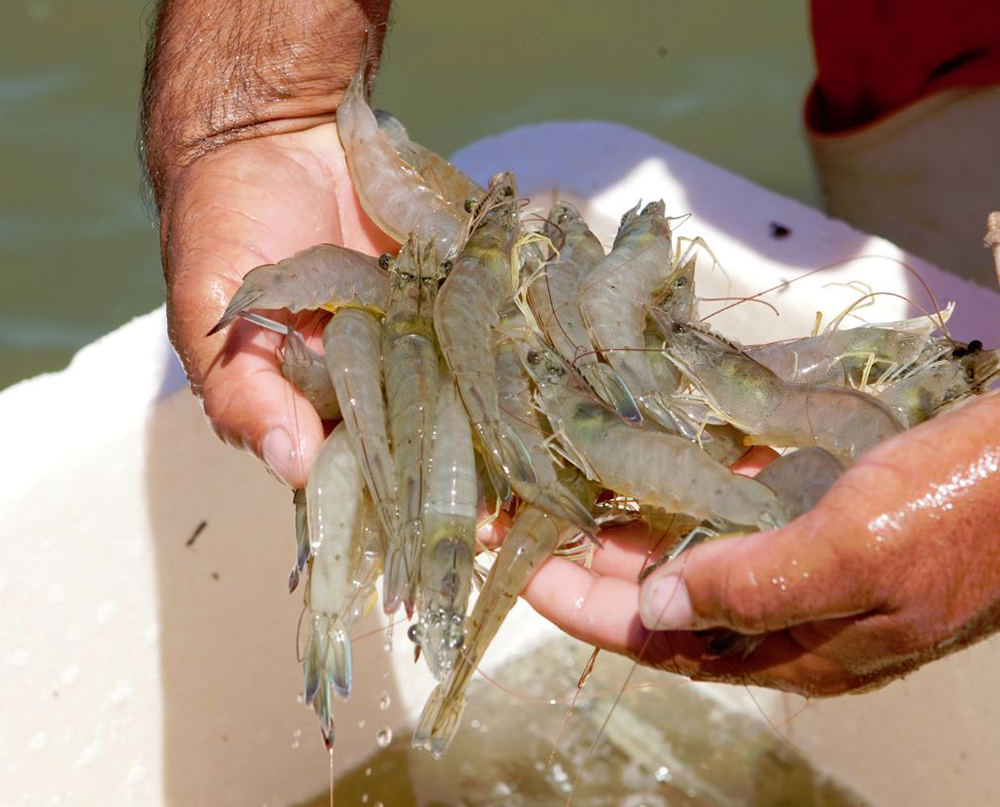
Intelligence
Lockwood: U.S. organic aquaculture standards need urgent action
Chair of Aquaculture Working Group advising the United States Department of Agriculture details the urgent need for organic aquaculture and the lack of progress on the development of official USDA standards for organic aquaculture.



